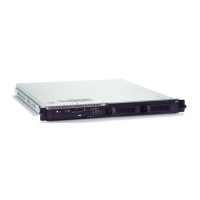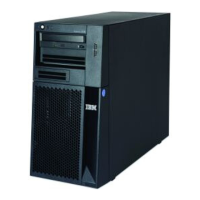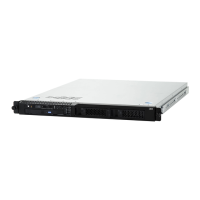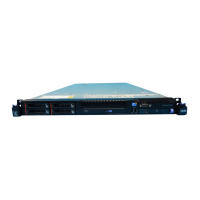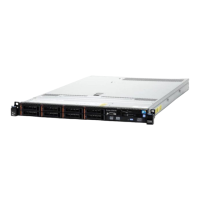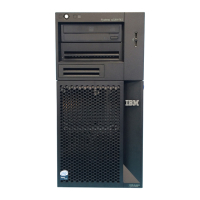AS/400e Advanced Technology
66 AS/400e System Handbook
Today, e-commerce applications typically exist in two basic forms:
loosely-coupled
and
tightly integrated
. With the loosely-coupled approach, a customer electronically requests
a product or service by filling in a form on the Web site. The information from that
transaction is captured and entered into the back-end LOB system (often manual). This
approach is not that different from having a customer fax an order. The
tightly integrated
e-commerce application interacts directly with the backend application during the
transaction. For example, the application checks stock availability and credit limits
immediately, online. In other words, it behaves much like a typical, integrated, and online
LOB application on the AS/400e system.
Clearly, a robust, integrated e-commerce application places demands that go beyond the
already strenuous demands of mission-critical LOB applications. Security, availability, and
auditablity become critical. In addition, the application (and the supporting infrastructure)
must be able to respond to unpredictable fluctuations in transaction rates. It demands a
premier server and premier tools, which the AS/400e system provides.
Reaching a Broad Spectrum of Users
The network infrastructure and the inexpensive, pervasive tool of the Web (the browser)
enable e-business to reach out globally to a variety of users around the globe, as:
• On-site: This group of users is housed in the same location as the system.
• Off-site, internal: This group of users is part of the organization, but the users
themselves are in remote offices.
• Mobile, internal: This group of users is part of the organization, but these users work
at multiple locations. A travelling sales force is a classic example of mobile users.
• Suppliers and customers: e-business can bring to maturity the electronic interaction
between an organization and its suppliers and customers. For years, forward-looking
organizations have realized the value of having information flow electronically between
their systems and the systems of their suppliers and customers. Electronic Data
Interchange (EDI) represents a significant step in this direction.
• Opinion-shapers and consultants: It seems that for every set of products or
services, there is a consultant or pundit ready to evaluate and recommend for or
against it. Increasingly, these opinion-shapers and consultants rely on the Web for
much of their information-gathering. For an organization to have a visible, positive
image with the consultants of the future, the organization must have a Web presence.
• A greatly expanded potential market: The reported number of Internet users seems
to grow exponentially. A commonly-quoted figure today is 50 million worldwide. This
represents a vast market that the savvy e-business can reach economically.
Appropriate products for this marketplace are not limited to branded, retail consumer
products. Many makers of niche products are using the Web to expand their customer
list in the wholesale world. A glass perfume bottle manufacturer, for example, used the
Web to expand its customer list 300% (from two to six). As the world of e-business

